Boost Monarch Butterflies

New Zealand’s most identifiable butterfly is the monarch (Danaus plexippus). Although found in many places around the world, the monarch is considered a New Zealand native because it became established here on its own.
Monarch in New Zealand are threatened by their dependence on swan plants. Without these plants, monarchs could not breed here. - Do your part to help boost monarch butterflies in NZ!
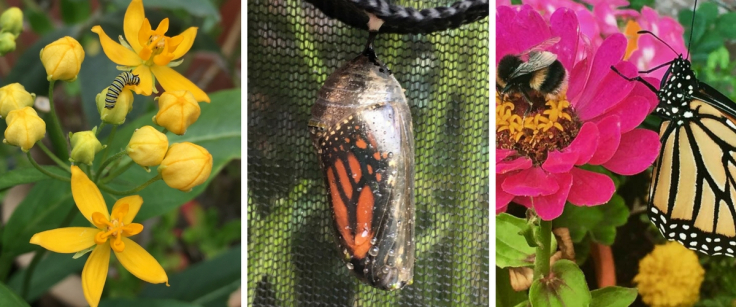

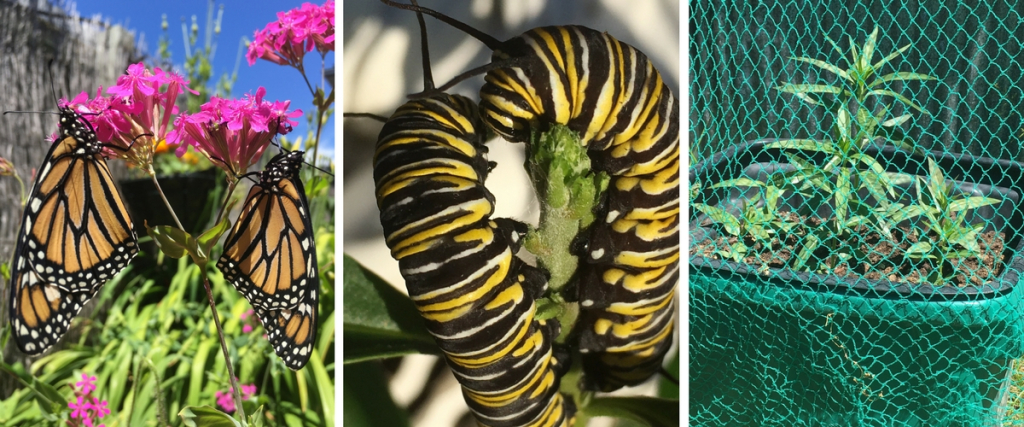
Here's what to do:
Grow Some Swan Plant!
In New Zealand Swan plants can be grown easily from seed from August onwards, in a warm greenhouse, kitchen or classroom window sill. You can purchase seed packets from any local garden centre or online. Seeds can be Asclepias (Asclepias curassavica) or Swan plant (Gomphocarpus fruticosus).
Steps
- Sow each seed 5 mm deep then lightly water. A spray bottle of water is a good way to do this. Do not drench seed trays as the seeds could fall out. Make sure that the seed bed doesn’t dry out and is always kept moist. There is a germination period of three weeks to a month. This process can be sped up if you soak the seed for 24 hours first.
- At 10 cm high you can transplant your seedlings into your butterfly garden in the sunny spot. Preferably transplant your seedlings in the morning or evening, out of the heat and water lightly. You can also cover these plants up with strawberry netting to stop the Monarchs laying the eggs on them. You will need to let the plants grow about 30 cm high before removing the netting and exposing them to the Monarch butterflies. Although the determined Monarchs will try and lay eggs on the actual netting so please check every couple of days for eggs. If your plants are not big enough try culling a few eggs. This is better than seeing caterpillars die of starvation because they have eaten tiny seedlings before giving the plants time to grow big.
- The Swan plant seedlings will take approximately four months to grow into big healthy plants ready for January, when it is peak Monarch season, (if covered and kept away from Monarchs). The Monarch butterflies will soon come and lay eggs on your plant, as they can smell a Swan plant from over 2kms away.
- Remember to wash your hands as Swan plants are toxic if you rub your eyes with your hands or ingest the sap.
- Grow a number of plants to ensure lots of butterflies.
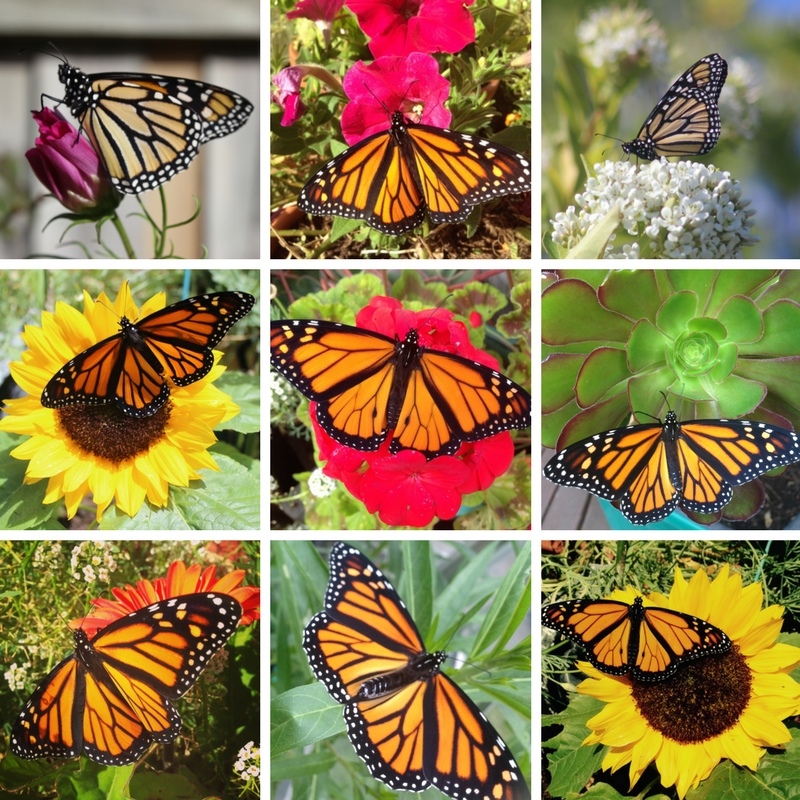
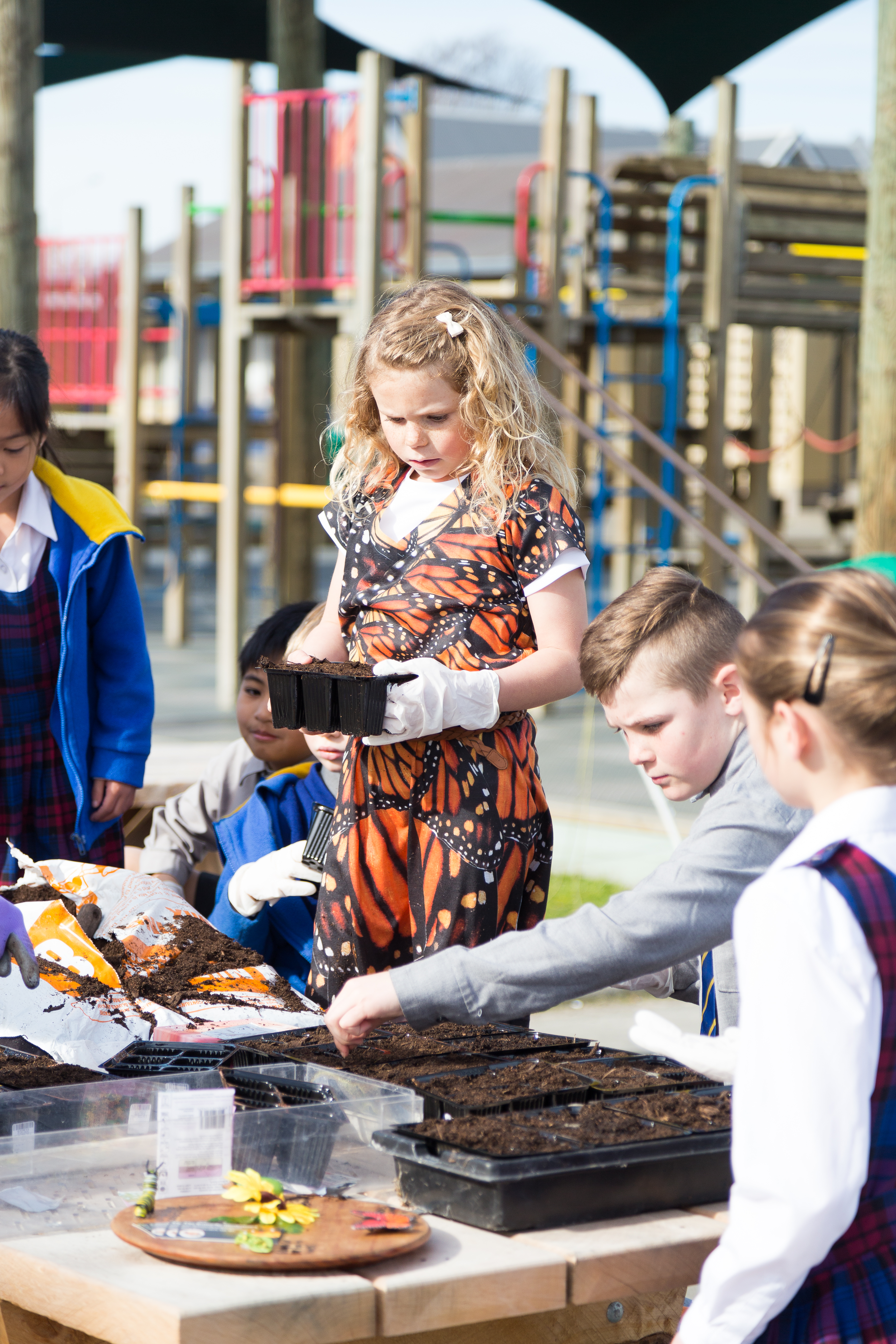


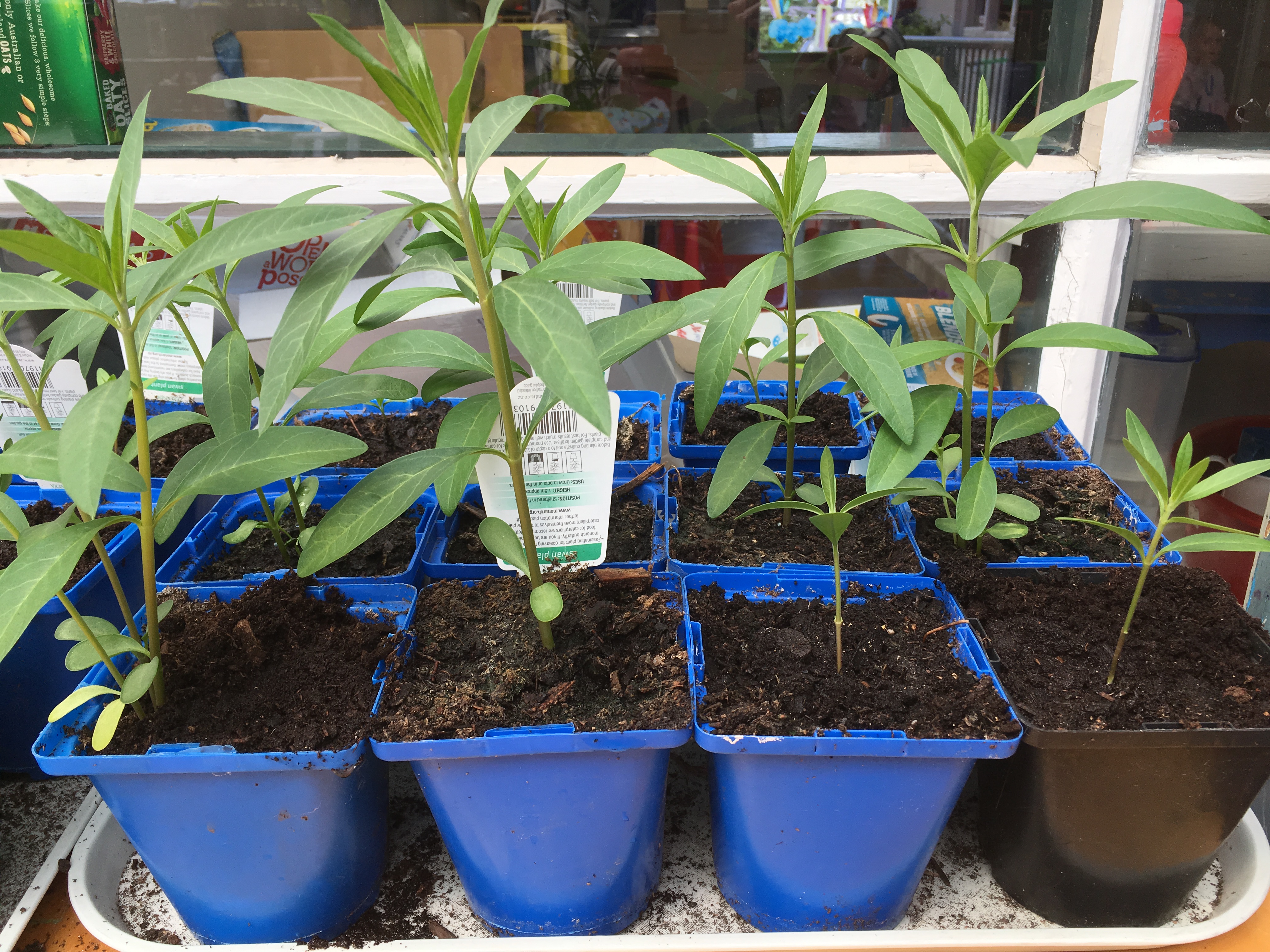
Toolbox

The monarch butterfly has one of the best-known life cycles in the insect world.
During mid-summer, the process goes from egg to adult in a month or so. The butterfly has a lifespan of 60–70 days during the summer, but this extends to 6–7 months if the butterfly pupates in autumn.
Monarch butterflies in New Zealand do not follow the same migration pattern as their northern relatives. They have adapted their migration behaviour to suit local conditions. When the air temperature drops to 12.8°C, monarchs flock together in overwintering sites. These sites tend to be in milder coastal locations where the temperature remains at least 10°C. Overwintering monarchs prefer sites that are sheltered from the wind, have trees with a rough bark surface on which to cling and have a nearby source of nectar. The butterflies are mostly inactive, but on warm days, they fly, bask in the sunlight and feed. When the temperatures warm up, butterflies move inland to reproduce.
Butterfly Musketeers
Butterfly Musketeers aim is to raise the awareness and boost the population of Monarch Butterflies in our environment so they are around for future generations. Every year garden centres in New Zealand can not provided enough swan plants for all the hungry caterpillars in people's gardens. Butterfly Musketeers aims to encourage and support us all to grow swan plants to
In 2017 Butterfly Musketeers 'Project Swan Plan' had 100 schools around the Christchurch area successfully sowed over 4,000 Swan plants. Those school children enjoyed the process of growing the plants from seed, caring for the seedlings, and creating their butterfly gardens. With then the excitement and satisfaction of the Monarch butterflies laying their eggs on the plants, lots of hungry caterpillars feasting on the plants ... And the end result - a big boost for the Monarch butterflies population in our environment.
You can help boost the Monarch butterfly population and getting involved in #projectswanplant
You can find out more information at www.thebutterflymusketeers.com or their Instagram http://www.instagram.com/butterflymusketeers
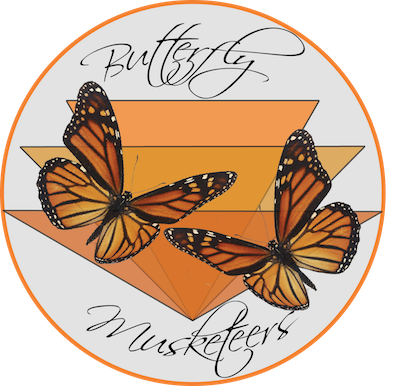

"If starting milkweed from seed, grow indoors or in a greenhouse between late August and mid-September and then plant outside in late Spring. Be sure to plant the milkweed in full sun or partial shade and where pollinators can access it; maybe in a garden or yard."